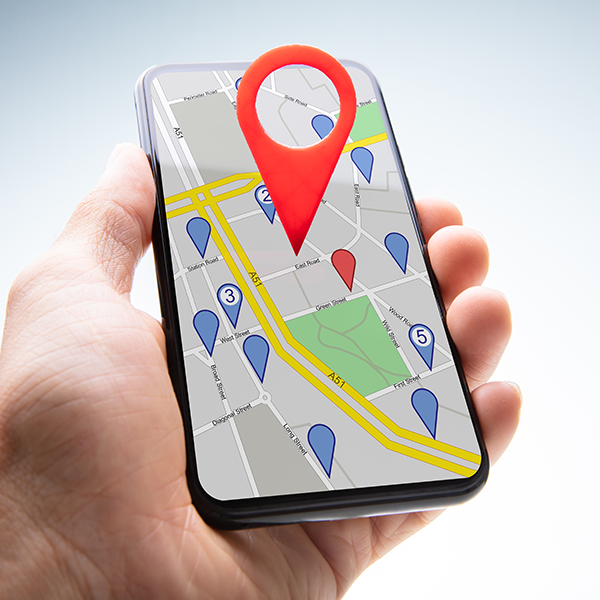Mobile Retail Insights with Jake Weatherly

E-commerce now dominates the retail discussion but many merchants are struggling. Struggling to keep their existing customer base, struggling to keep those customers loyal, and struggling to understand, find and implement methods to accept payments for a more commerce-savvy user. Mobile however provides such an opportunity to capitalize on the evolution of the modern shopper but it's not without its own inherent challenges. Website Magazine asked SheerID CEO Jake Weatherly some important questions on the trend and some important mobile-retail insights emerged.
WM: How do payments made on smartphones differ from payments from the desktop for end-users?
JW: Payments made from smartphones are often based on stored information using loyalty accounts or customer accounts established previously online. If you have to enter a credit card number and all of your details, you can easily get lost in the minutia. Uber, Hotel Tonight, Amazon, and many other apps that I use to do transactions make it almost too easy to buy - that's ideal.
Most smartphone owners have used their phones while in a store to compare prices, search for coupons, research product features, and read reviews. Consumers who shop from their smartphones are comparison shopping in the same manner that they would at home on their desktops, but the evolution of secure, trusted mobile payment technology has empowered them to complete their purchases on their smartphones instead of waiting until they get home to place an order from their desktop or driving to another store to get the best price or ideal product.
WM: Are most retailers prepared for the rise in mobile commerce? What's holding them back?
JW: Micro businesses like local ice cream shops and craft vendors are the early adopters of mobile commerce. By combining a new class of quality in mobile devices with accessories and apps that are purpose-designed for specific contexts, the world of e-commerce has been flattened. Micro businesses can now utilize enterprise class systems.
One big challenge in mobile commerce, especially for more established retailers, is the need for specific device capabilities or peripherals. Getting the devices and technology into merchants' hands and attached and configured, getting apps installed, pushing updates and adoption of updates, and certainly any requirement for a consumer to adopt a new technology-whether physical or virtual- all impede adoptions and momentum.
WM: What are some of the technologies that are making mobile payments happen today?
JW: Security technologies and loyalty programs make it possible to store payment information. Having to enter payment information in the context of mobile commerce is a huge flaw. Technologies that deliver to mobile users' efficiency, machine learning, and historical behavior are all key factors in delivering and predicting the fewest steps possible in an accurate way to go from browsing to buying in the world of mobile commerce.
There are a number of competing technologies and platforms out there today are all trying to establish themselves as the new standard for mobile payments. For example Google Wallet, PayPal, ISIS, and MCX are all competing in the e-wallet space, and rumors swirl that Facebook and Apple will soon enter the race.
SheerID enables retailers to gate their exclusive discounts and coupon codes as part of the mobile payment process.
Square and Jumio are connecting the virtual world to the physical environment of retail through swiping imaging, and scanning technologies, and I'm excited to see the impact of Loop and LoopWallet soon.
WM: What other trends do you believe will continue shaping the future of mobile commerce?
JW: Elegant, mobile payment systems that replace tradition POS systems do not require lanes, check stands, turnstiles, and customer service desks. Using mobile technology, an increasing number of merchants of all shapes and sizes are transforming their businesses into a new category of cool shops that reek of the casual, comfortable customer interactions that are already enjoyed by people every day in the Bay Area, Portland, Oregon, and Manhattan's lower east side.
Establishing and innovating the norms related to push notifications and alerts based on geo data, profile information, and historical behavior are trends that are underway today. More cross-pollination between brick and mortar, mobile, and customer service is also key in the era of omni-channel customer interaction. Tighter integrations between evangelism and influence in social media and the ability to purchase flatten the world of mobile commerce and connect individual recommendations to easy, fast transactions.

Subscribe to Our Newsletter!
Latest in Mobile Marketing










